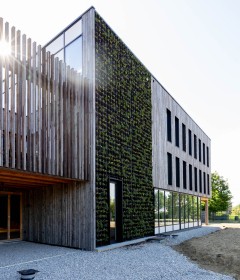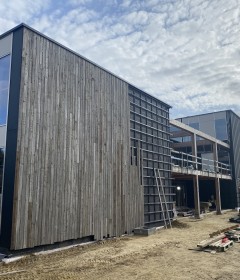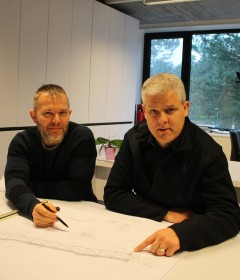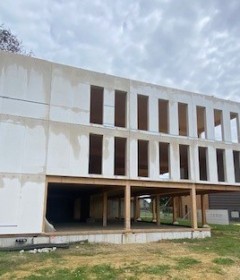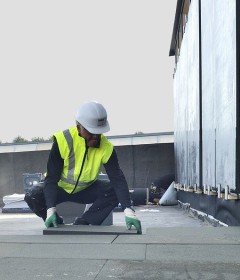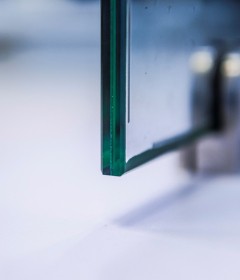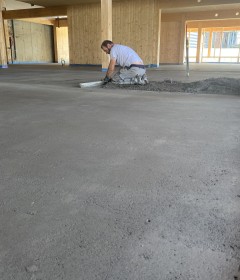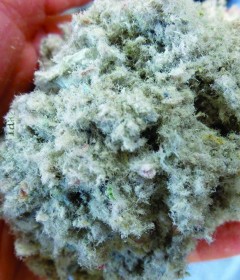17 november 2021
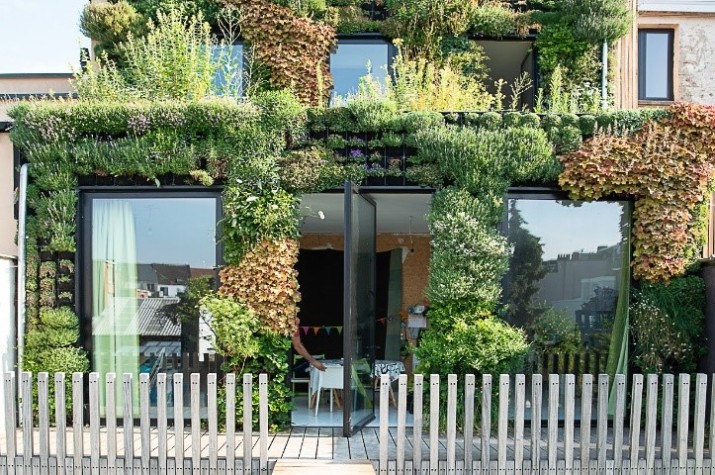
‘t Centrum will have green walls throughout. But why do green walls make such a difference? And how do they influence circularity?
The greening of façades, roofs and the immediate surroundings of buildings is just one of many ways to increase circularity. Green spaces provide buildings with ecosystem services with a circular effect. What’s more, nature provides these services for free.
“’t Centrum will have two green walls that have their own circular qualities. These walls do so much more than ordinary walls. The green wall inside the building will also influence the building’s climate. Moreover, the exact effect will be accurately measured. The walls will be irrigated with rainwater that we collect on or around the building”, Teun Depreeuw, the CEO of Muurtuin, adds.
Green wall
The green wall outside acts as a building envelope for part of the building, with the green space providing insulation as an added service. This outdoor green wall will be supplied with greywater (TOTAL VALUE WALL©). Here the adapted planting is used to treat the greywater, as part of a vertical water treatment facility. The greywater also provides nutrients for the plants.
Maintenance
Ordinarily vertical gardens require maintenance three times a year, in the form of replanting, pruning and fertilising. The classic indoor vertical garden also needs additional light to ensure that the wall’s indoor plants remain green.
The conventional outside vertical garden, which is supplied with grey water, is planted with adapted plants. The set-up was based on the results of the previously executed TOTAL VALUE WALL© test, giving rise to a version 2.3 as a result in ’t Centrum.
Further information: www.muurtuin.be
Photo: example of a green wall by Muurtuin (copyright)

